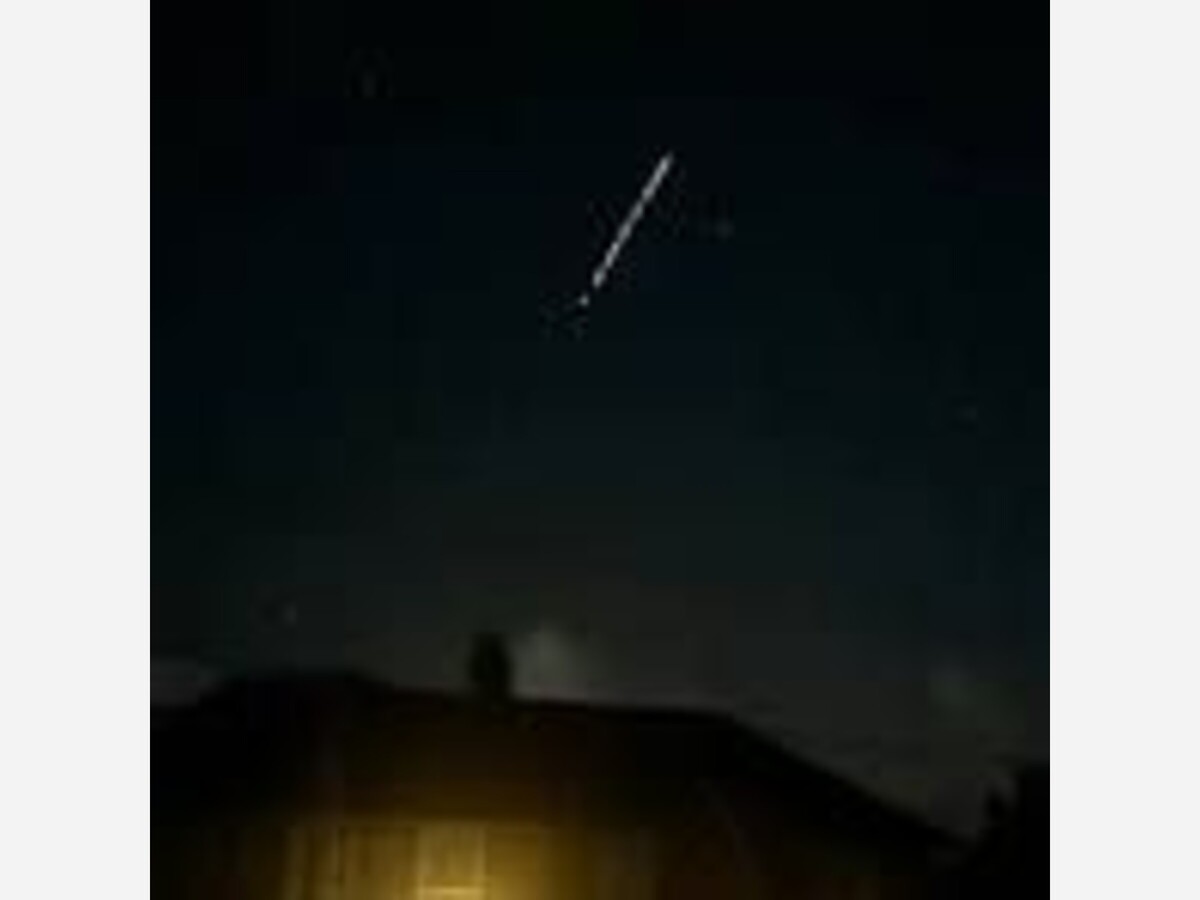Image


Residents across the Southeast were captivated by a striking display of lights streaking silently across the sky on Tuesday night. The phenomenon, which many initially speculated to be UFOs or other mysterious objects, turned out to be SpaceX's Starlink satellites—a growing network designed to provide global high-speed internet access.
Starlink, developed by Elon Musk’s SpaceX, is a megaconstellation of small satellites orbiting Earth at low altitudes. These satellites aim to deliver broadband internet to underserved regions worldwide, including remote areas and disaster-stricken locations. As of early 2025, SpaceX has launched nearly 6,000 operational satellites, with plans to expand the constellation to 12,000 or even 42,000 in the future.
The lights observed on Tuesday night were part of a "Starlink satellite train," a formation visible shortly after new satellites are launched. During this phase, the satellites travel closely together in a linear pattern before dispersing into their designated orbits. This unique visual phenomenon often lasts for several days post-launch and is particularly noticeable due to the sunlight reflecting off their surfaces.
Observers from cities like Rockmart, Kennesaw, and Norcross reported seeing the lights around 10 p.m., describing them as a mesmerizing trail that disappeared after a few minutes. Meteorologists and experts confirmed that the display was linked to recent Starlink launches.
Starlink satellites are highly visible due to their reflective surfaces. Their solar panels and satellite bus components can reflect sunlight efficiently under certain conditions, creating bright flares or glints known as "satellite flares." This phenomenon is most pronounced during their ascent into operational orbit when they are clustered together.
SpaceX has implemented measures to reduce their brightness, such as using less reflective materials and adjusting their orientation relative to the sun. However, these efforts have not entirely eliminated visibility concerns.
While the Starlink displays have fascinated casual observers, they have sparked significant concerns among astronomers. The bright trails interfere with astronomical observations, photobombing long-exposure images and blocking radio telescope signals. Scientists warn that as the constellation grows, it could compromise critical research into space phenomena.
Efforts are underway to mitigate these issues. SpaceX has introduced technologies like VisorSat to darken its satellites and collaborated with astronomers to address light pollution concerns. Nonetheless, with competing satellite networks like Amazon's Project Kuiper emerging, experts fear that these challenges may worsen without stricter regulations.
The Starlink light shows have become a source of wonder for many but also confusion for those unfamiliar with their origin. Social media platforms often light up with UFO speculation following each launch. For those interested in catching a glimpse of future Starlink trains, tools like Satellite Tracker apps provide real-time updates on visibility based on location.
As SpaceX continues its rapid satellite deployment schedule—sometimes launching multiple batches in a week—the dazzling spectacle is likely to become an increasingly common sight in our skies.
The Starlink satellite lights are a testament to humanity's technological advancements but also serve as a reminder of the growing tension between innovation and environmental stewardship. While they offer unparalleled connectivity benefits, their impact on astronomy and light pollution highlights the need for balanced solutions as space becomes increasingly crowded